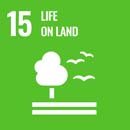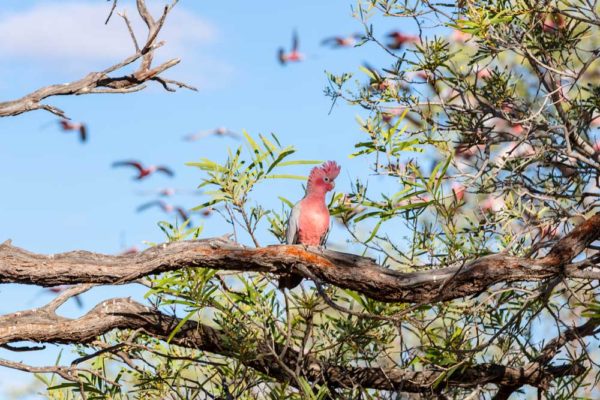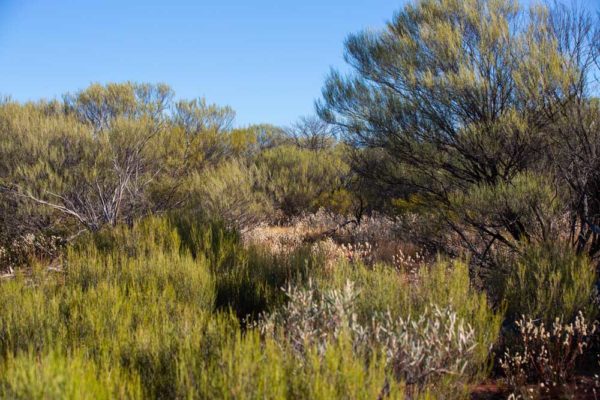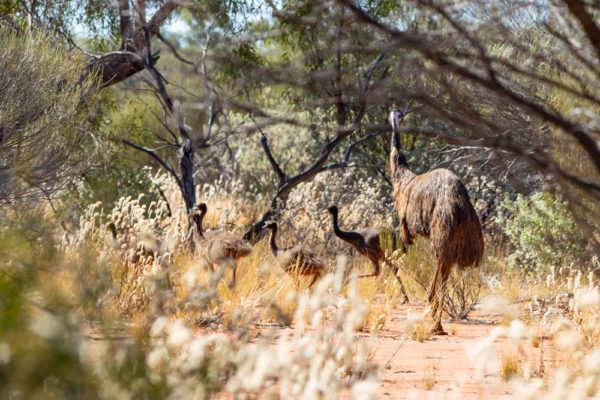Project Information
Western Australia Conservation Initiative Site 2
Human Induced Regeneration
Situated on Malgana Country near Shark Bay in the Gascoyne region of Western Australia, this project aims to regenerate over 172,000 hectares of native vegetation that had previously been suppressed through intensive grazing.
Barry and Pauline Oliver took over Talisker Station in 2018 and could see that the land had been overstocked and undermanaged for a number of years. Feral animals and uncontrolled livestock were rampant, and important infrastructure such as waterpoints and fencing was in a state of disrepair.
Having introduced carbon farming into the mix across two other agricultural enterprises in New South Wales, the Olivers understood that adding a carbon project at Talisker would bring significant benefits for the landscape and help secure a sustainable future for the grazing operation.
Upgrading and installing new infrastructure was the number one priority for the Olivers, who immediately reduced stocking rates to enable the landscape to recover, and brought on a full-time station manager to oversee the improvements.
The scale of the work underway at Talisker is immense. Although it covers over 300,000 hectares, the Station had just three functioning waterpoints, which the landholders are aiming to increase to 30 over the next five years, keeping stock away from creek lines and reducing erosion. In addition over 250km of fencing is scheduled for installation, improving feral animal control and management of livestock.
Without the carbon project, the Olivers estimate the infrastructure work would take up to 25 years to complete, but the additional income from carbon will enable them to set a course for completion within just five years. Investment in equipment and supplies will flow back to the local community, and GreenCollar is working in partnership with the Olivers, their Station Manager and the Traditional Owners to develop partnerships focused on creating job opportunities on the land for local Indigenous peoples.
Key Benefits
UN Sustainable
Development Goals


Statistics
Methodology
Human-Induced Regeneration of a Permanent Even-Aged Native Forest – 1.1 Methodology Determination 2013
Registered ID
Date registered
August 2018
Project area
172,108 ha
Permanence
25yrs
Location
Carnarvon, WA










